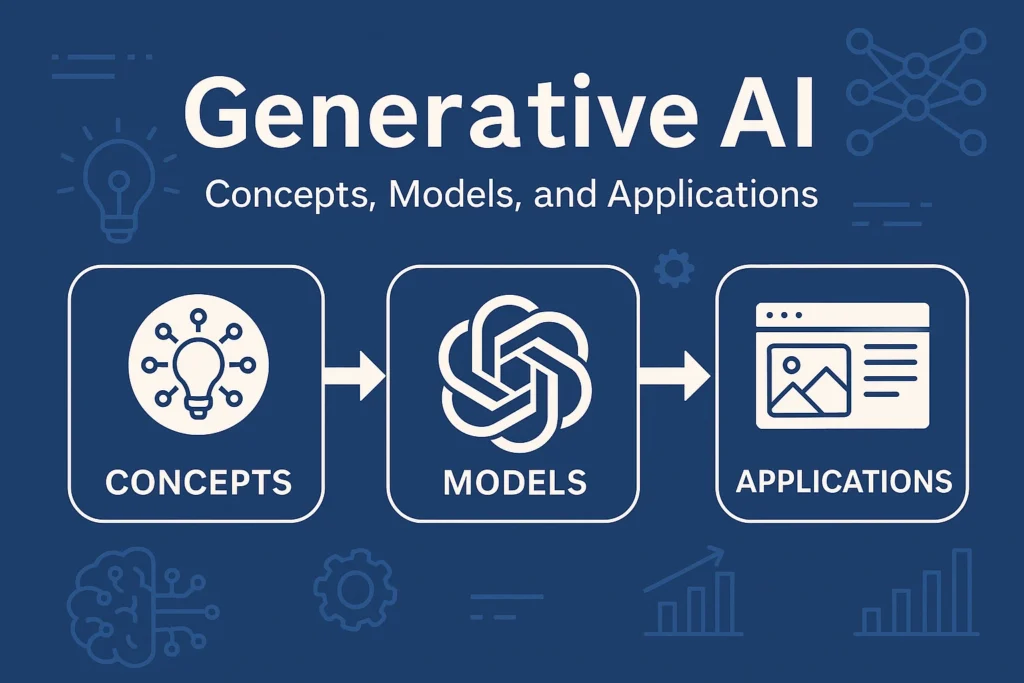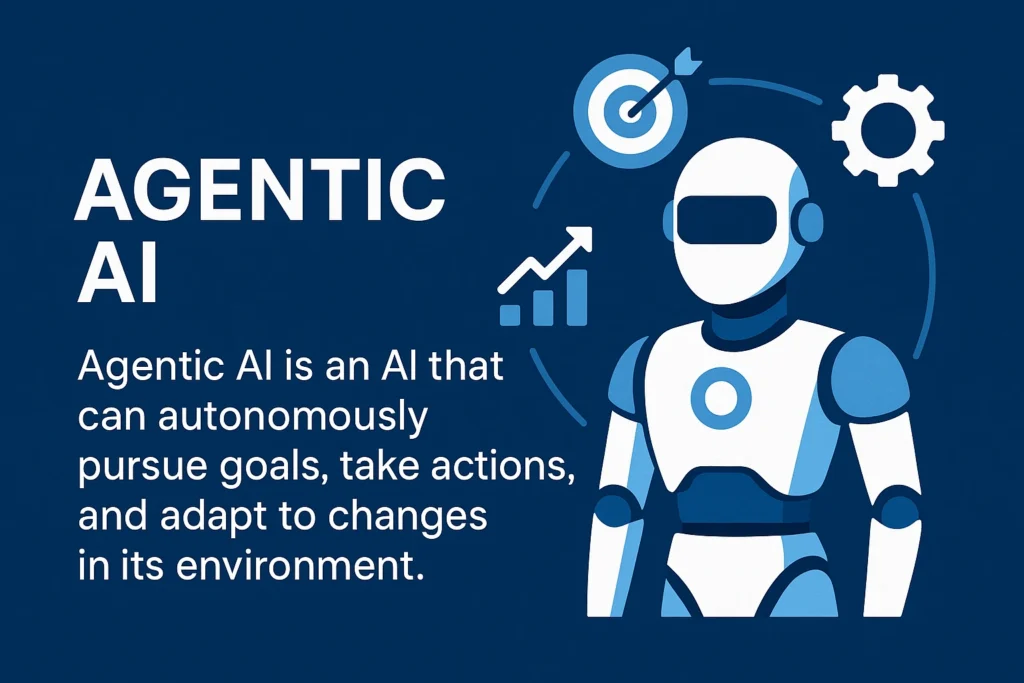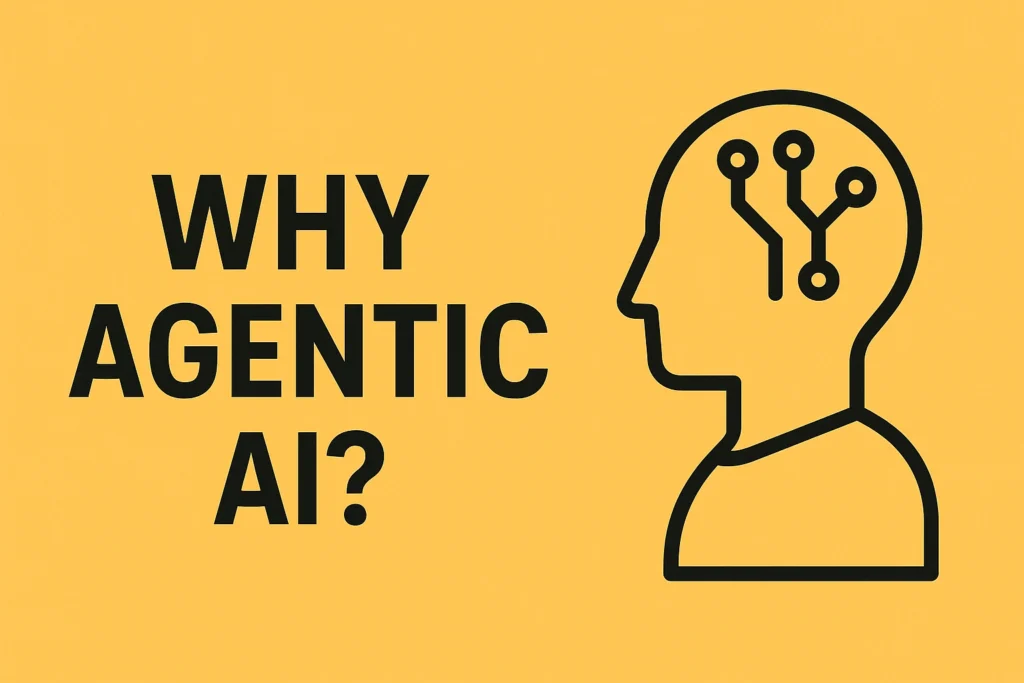Table of Contents
ToggleGenerative AI: Concepts, Models, and Applications

Generative AI
This tutorial summarizes key advancements and trends in Generative Artificial Intelligence, from core technologies to practical applications and future outlook.
1. Introduction to Generative AI
Generative AI is a revolutionary type of artificial intelligence capable of creating new, original content from scratch, contrasting sharply with traditional AI's focus on analysis.
Definition & Contrast
Generative AI creates new, original content—such as text, images, music, or even code—from scratch. This contrasts sharply with traditional AI, which primarily focuses on analyzing or classifying existing data. The distinction is likened to "the difference between a judge and an artist; one evaluates and the other one imagines and produces."
Key Example: ChatGPT
ChatGPT generates human-like conversations, stories, emails, explanations, and even debugs code. For instance, "You can ask it to write stories emails explain difficult topics or even debug a code for example you say 'Write me a bedtime story about a robot and a unicorn.' The chart Jupiter creates an entire story for you on that particular spot."
Key Example: DALL-E
DALL-E creates images from text prompts, enabling artists and marketers to generate logos, illustrations, or other visuals without needing a designer. A prompt like "a cat wearing a space suit on Mars" results in an instant drawing, showcasing its visual generation capabilities.
GPT-3 & Content Transformation
GPT-3 is a powerful language model for generating and writing essays, summaries, books, translating languages, and writing computer code, often used in AI writing assistants. Generative models are rapidly transforming content creation across various fields, including text (writing books, articles, reports, poetry; chatbots) and images (helping artists generate concepts and visuals, speeding up design and marketing content creation).
2. How Generative AI Agents Work
Generative AI agents operate through a sophisticated multi-step process, from understanding user intent to generating intelligent and contextually relevant responses.
Input Processing and Context Awareness
AI agents analyze user input to detect intent and extract key entities. For example, a travel booking agent identifies "destination, date, and budget from user queries." Real-time evaluation of factors like cost, flight options, and amenities is crucial for informed decision-making, ensuring the AI understands the full context of the request.
Generating Intelligent Responses: RAG & CoT
AI enhances responses through:
- Retrieval Augmented Generation (RAG): AI searches external databases for relevant information to enhance responses, ensuring accuracy and up-to-date knowledge.
- Chain of Thought (CoT) Reasoning: AI breaks down complex problems into smaller, manageable steps, mimicking a human thought process. Tools like DeepSeek and ChatGPT's premium versions offer a "think" option to reveal this step-by-step reasoning, providing transparency into the AI's logic.
Decision Trees, Multi-step Reasoning & Fine-tuning
AI simulates a thought process, breaking down complex questions into manageable steps, as evidenced by the "think" option in advanced AI models that explains their internal planning. Furthermore, fine-tuning models involves custom-training AI models tailored for specific industries (e.g., healthcare, legal, customer support) to enhance their relevance and accuracy in those specialized domains, leading to highly effective applications.
3. Core Technologies and Models
Understanding the foundational architectures and diverse models is key to appreciating the power and versatility of Generative AI.
3.1. Transformers: Attention Mechanism
Transformers are a foundational architecture for many advanced generative AI models, particularly in natural language processing (NLP). Their core component is the Attention Mechanism, which allows the model to "focus on the different words when generating a sentence," understanding context and relationships between words (e.g., "I like ice cream because it's sweet" focuses on the relationship between "because," "ice cream," and "sweet").
Transformers: Applications & Advantages
Applications: Chatbots (like ChatGPT), code generation (GitHub Copilot), language translation, summarization, and content creation.
Advantages: They scale data well, can be fine-tuned for specific tasks (medical summarization, legal drafting), and handle long-range dependencies better than older models. Their primary weakness is being "expensive to train."
3.2. Other Generative Models: GANs & VAEs
- Generative Adversarial Networks (GANs): Best for image generation (e.g., face synthesis). Strength: "High realism." Weakness: "Hard to train." Application: "Sharp realistic images."
- Variational Autoencoders (VAEs): Best for data compression and anomaly detection (e.g., latent space exploration). Strength: "Very stable training." Weakness: "Less sharp outputs." Application: "Variation and latent space analysis."
Other Generative Models: Transformers & Model Choice
Transformers: Best for text and language (e.g., ChatGPT, summarization). Strength: "Powerful with a large data." Weakness: "Expensive to train."
Choosing the correct model is critical; "if you use the wrong model for the wrong job your results will be poor things will be slow and you will waste time." This highlights the importance of understanding each model's strengths and weaknesses for optimal application.
4. Machine Learning Fundamentals
Machine learning involves a systematic process from objective definition to model deployment, underpinned by various learning types and algorithms.
ML Process Overview
Machine learning involves defining an objective, collecting and preparing data, selecting and training an algorithm, testing the model, running predictions, and finally deploying the model. This process is often iterative, requiring re-collection of data if initial tests fall short, ensuring continuous improvement.
4.1. Types of Machine Learning: Supervised Learning
Supervised Learning: Learns from labeled data with specified output values. The model is "supervised" by knowing the correct answers. Examples include predicting loan defaults or stock market movements. This type of learning is used when historical data with known outcomes is available.
Types of Machine Learning: Unsupervised Learning
Unsupervised Learning: Discovers hidden patterns in unlabeled data without predefined outputs. Used for association and clustering problems, where the machine makes its own predictions. An example is grouping customers with similar behavior, revealing underlying segments without prior knowledge.
Types of Machine Learning: Reinforcement Learning
Reinforcement Learning: Learns from an environment through rewards and errors, without predefined data or supervision. It solves reward-based problems through trial and error, making it ideal for dynamic decision-making scenarios like game playing or robotics.
Reinforcement Learning: Key Terms
- Agent: The model being trained.
- Environment: The training situation to optimize.
- Action: Possible steps taken by the model.
- State: The current position or condition returned by the model.
- Reward: Points given for desired actions to guide the model.
- Policy: Determines how an agent behaves, mapping actions to the present state.
- Markov Decision Process (MDP): A framework mapping current states to actions, where the agent continuously interacts with the environment for new solutions and rewards.
4.2. Key ML Algorithms: Linear Regression & Decision Trees
- Linear Regression: Predicts a quantity by assuming a linear relationship between input variables (x) and a single output variable (y), represented as y = mx + c. The goal is to minimize the error between the predicted and actual values.
- Decision Trees: Used for classification by breaking down problems into a tree-shaped algorithm. Each branch represents a possible decision or occurrence. Key concepts are Entropy (measure of randomness/impurity, should be low) and Information Gain (decrease in entropy after a split, should be high).
Key ML Algorithms: SVM & K-Means Clustering
- Support Vector Machine (SVM): A classification algorithm that creates a hyperplane to best divide classes, maximizing the margin between the decision line and the nearest points in the training set.
- K-Means Clustering: An unsupervised learning algorithm used to discover structure in unexplored data by finding groups of customers with similar behavior. It aims to partition data into K distinct clusters, iteratively assigning points to the closest cluster centroid and recalculating centroids until they stabilize. The Elbow Method helps determine the optimal number of clusters.
Key ML Algorithm: Logistic Regression
Logistic Regression: A classification algorithm for binary or multi-classification problems. Unlike linear regression, it uses a sigmoid function to map outcomes to a probability between 0 and 1, allowing for categorical predictions (e.g., pass/fail, malignant/benign). If probability > 0.5, it rounds to 1; if < 0.5, it rounds to 0.
5. Practical Implementation and Tools
The practical application of AI and ML relies heavily on robust ecosystems and powerful tools that streamline development and deployment.
5.1. Python Ecosystem for ML/AI
Python is a dominant language in data science and machine learning, leveraging powerful libraries:
- NumPy: For numerical computing, especially with multi-dimensional arrays.
- Pandas: For data manipulation and analysis, providing data structures like DataFrames.
- Matplotlib & Seaborn: For data visualization.
- Scikit-learn (sklearn): A comprehensive library with efficient tools for ML, including classification, regression, and clustering algorithms, providing standardized methods for model fitting and prediction.
- Hugging Face Transformers: A Python library for downloading, manipulating, and running thousands of pre-trained open-source AI models across various modalities like NLP, computer vision, and audio. It features a "pipeline" function for easy task execution.
5.2. Deep Learning with TensorFlow
TensorFlow, an open-source platform by Google, is widely used for developing deep learning applications, particularly with neural networks. It utilizes Tensors (multi-dimensional arrays) and Graphs (defining computations).
Key Components: Placeholders (feed external data), Variables (change during computation like weights/biases), Constants (fixed values), Softmax Layer (for multi-class classification), Loss Function (quantifies error), Optimizer (adjusts parameters, e.g., Gradient Descent), and Sessions (execute computational graph).
5.3. Generative AI Tools in Action: Hugging Face & LangChain
Hugging Face: Offers tools for Speech-to-Text, Sentiment Analysis (classifies text sentiment with high accuracy), and Text Generation (generates coherent text based on prompts).
LangChain: A framework for developing applications powered by LLMs. It enables integration with external APIs and databases to "fetch real-time data for example weather store prices news etc and integrating databases for structured information retrieval." This allows for more personalized responses and enables LLMs to overcome limitations of their training data, such as outdated information.
Generative AI Tools in Action: Sora AI & HeyGen AI
- Sora AI (OpenAI): A text-to-video generative AI model that creates realistic videos from text prompts. It uses a diffusion model approach, starting with noise and refining it into coherent video frames.
- HeyGen AI: A top AI video generation tool focusing on realistic video creation from text scripts. Features include AI avatars, text-to-video conversion, 40+ languages, script assistance, voice/face cloning, and team collaboration. It saves "so much time" and is a "real game changer" for marketing and training.
6. Advanced Reasoning and Local Deployment
Recent advancements are pushing AI models towards more sophisticated reasoning and enabling flexible deployment options.
6.1. DeepSeek Model: Advanced Reasoning
DeepSeek is a powerful generative AI model recognized for its advanced reasoning and problem-solving capabilities, often "outpacing its drivers in efficiency and depth."
Key Strengths: Excels in complex reasoning, coding, and multilingual understanding. Its ability to "handle intricate prompts with precision makes it a game-changer." A notable feature is its "thinking mode," which allows users to see the step-by-step logic and thought process behind its answers, providing transparency and aiding understanding.
DeepSeek: Local Deployment (Ollama)
DeepSeek models can be run locally on a user's computer using tools like Ollama, providing offline functionality and eliminating the need for a constant internet connection. This is beneficial for privacy, consistent access, and leveraging powerful AI capabilities without relying on cloud services.
6.2. LLM Benchmarks: Evaluation & Limitations
LLM benchmarks are standardized tests used to evaluate and compare the performance of large language models, checking how well models perform tasks like coding, answering questions, translating, or summarizing text. They help developers understand model strengths and weaknesses and facilitate comparison between models.
Limitations: They "don't always predict how well a model will work in real world situation." Models can "overfit," performing well on test data but struggling in practical use. Leaderboards rank models based on their benchmark scores, providing a clear picture of top performers.
7. The Future of Generative AI
The ongoing advancements in generative AI, particularly in areas like long-term reasoning, tool use, API integrations, and autonomous decision-making, indicate a trajectory towards increasingly sophisticated and context-aware AI agents.
The ability to integrate external, real-time data and leverage advanced reasoning techniques like Chain of Thought will make these agents more dynamic and responsive to complex, real-world scenarios, promising a future of highly capable and adaptable AI.
AI Fundamentals & Trends — FAQ
Generative AI, ML pillars, transformer magic, and emerging frontiers.
Generative AI creates brand‑new content—text, images, music, code—by learning patterns from vast data. Traditional AI mainly evaluates existing data (recognising faces, recommending products). Think artist vs. judge: ChatGPT writes essays; a spam filter only classifies email.
- Input & context parsing — detect intent/entities.
- RAG — fetch external facts to ground answers.
- Chain‑of‑Thought reasoning — step‑by‑step breakdown.
- Fine‑tuning for verticals (health, legal).
- Memory modules for long‑term personalisation.
- Tool/API calls — pull live weather, stocks, DB rows.
- Autonomous planning — evaluate options & act.
- Text – articles, chatbots, brainstorms.
- Images – logos, ads, concept art (DALL‑E).
- Code – GitHub Copilot autocompletes & debugs.
- Video – Sora, HeyGen avatars, multi‑lingual dubbing.
- Interviews – AI mock sessions with feedback.
- Supervised – learn from labelled data (spam/ham).
- Unsupervised – discover hidden patterns (clustering).
- Reinforcement – agent learns by trial‑and‑error rewards (robotics, games).
- Linear Regression : best‑fit line for continuous prediction.
- Decision Trees : recursive splits maximise info‑gain.
- SVM : widest hyper‑plane separates classes; support vectors on edge.
- K‑Means : cluster by nearest centroid; elbow method finds k.
- Logistic Regression : sigmoid maps to 0‑1 for binary class.
Transformers use self‑attention to weigh token relationships, scale to huge datasets, capture long‑range context, and fine‑tune easily. They power ChatGPT, Copilot, translation, summarisation—virtually the Gen‑AI stack.
Deep Learning stacks many layers of artificial neurons. Each neuron applies weights, bias, activation; training tweaks these via gradient descent to minimise loss. Frameworks like TensorFlow manipulate tensors & computation graphs to build models from perceptrons to CNNs and RNNs.
- LLM Benchmarks – standard tests for GPT, Gemini & co.
- Quantum AI – Majorana qubits promise error‑proof computing.
- Autonomous AI agents with planning & tool use.
- Local models (DeepSeek etc.) running offline on laptops.
- Reinforcement Q‑Learning – Q‑tables, Bellman updates.
- RNNs/LSTMs remain vital for sequential data streams.


